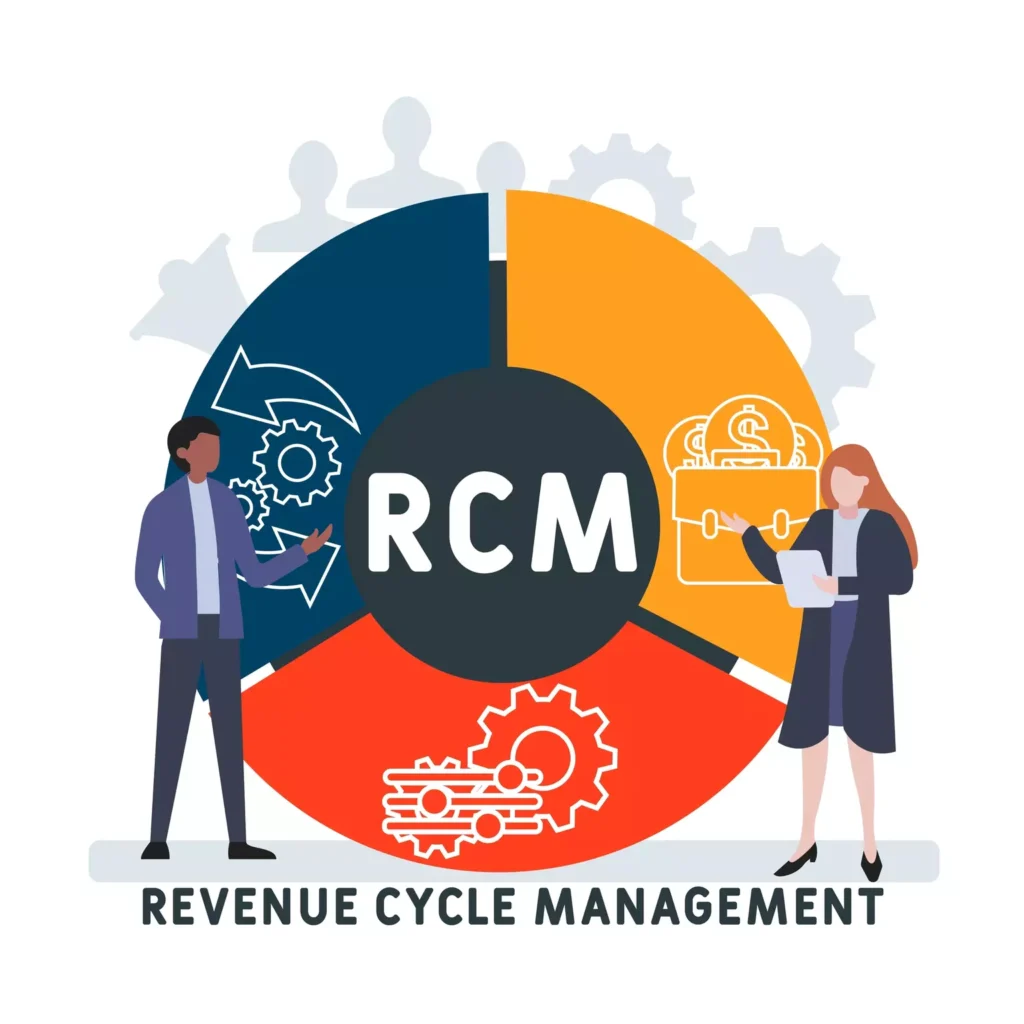How creating a memorable user experience leads to loyalty
Customer experience is more important than ever. According to Forrester, 72% of businesses say that improving their customer experience is their top priority. What can leadership do to ensure they stay competitive and stay relevant? Investing in a personalized customer experience to start. Why? To provide an amazing customer experience, every time.
At its core, it’s really that simple. Customer experience leads to customer loyalty; moving forward, customers expect personalization. And loyalty is an emotional state of mind.
Defined, loyalty is faithful adherence to a sovereign, government, leader, cause, etc. In order to gain that faithful adherence in terms of your brand, you must start with a personalized customer journey.
The future of web is personalized
The future of the web is moving beyond static, one-size-fits-all web pages to dynamic web applications that are tailored to each specific visitor. Personalized service allows the buyer to feel like they’re doing business with a human, not a company.
What does that mean for the companies who invested in an application that provides a better customer experience? Happy customers buy more, at a higher frequency, and most importantly, they tell their friends. (On the flip side, angry customers also tell their friends, and they often do it across multiple online platforms.)
Trends in mobile, social media and web have trained customers to expect personalization in their transactions. Amazon and Netflix have both taken advantage of this technology, tracking customer preferences and history to allow for personalized experiences that extend beyond when the user closes the browser or the app.
The growing trend in personalized customer experience indicates that as younger generations continue to wield their buying power online, companies will have to adopt this technology.
Intrinsic value in customer experience
Here are three reasons companies are beginning to find the value in personalized customer experiences:
1.) It improves online performance – A customized experience improves the performance of websites and web applications. Customers trust the brand if you make their experience smoother and more intuitive.
2.) It’s expected – Consumers are increasingly encountering personalization through website retargeting or through Amazon and Netflix, which cater experiences to specific users. These experiences enable brands to be more relevant, and many consumers even expect personalized experiences now and can be disappointed without them.
3.) This trend in expected personalization will continue in most every transaction, whether it’s finding an apartment to rent, purchasing tickets for a sports event or concert, or browsing for products online. No matter what the journey, each step needs to be mapped out to understand the touch points for each customer.
The tiers of personalization: Differentiation, contextualization, and individualization
When referring to personalization for customer experience, there are three tiers that make up the buyer’s journey: differentiation, contextualization, and individualization. These tiers break up like so:
Differentiation – the company or brand’s interest aligns with customer’s interest / When a customer is able to align their interest with with the brand
Contextualization – The customer associates the brand with other like customers, or; “I am in a group that’s like me; I associate myself with others based on interests/needs.”
Individualization – this tier is specific for an individual, and requires more knowledge of the buyer and their purchase history and habits.
As the desire for personalization grows, consumers are more willing to share personal details, especially if the benefit to them is explained. Using characterizing details such purchase history, demographics and other details, you can better understand their preferences, and work to find the most optimal experience for them.
A word of caution: steer clear of leaning solely on personal preferences from your team, and instead base your actions on the data and research collected, combined with your team’s insights.
User insights for delivering customer value
User insights are fundamental to any customer experience strategy, but loyalty requires a deeper examination. You can’t deliver real value to customers if you don’t know who they are, how they think and how they behave on a daily basis.
The key components of our customer experience strategy include:
- destination & positioning
- competitive landscape
- personas & stakeholders
- customer journey mapping
- usability testing
- strategic concepts
- strategic roadmap
The end result is clarification on your destination and development of new solutions for delivering value to your customers.
Customer experience is part of your product-and a way to differentiate your organization. However, modern brand loyalty requires a shift in an organization’s mentality. By offering customers a unique and personalized experience, they will reward with a commitment to your brand. If you don’t, you run the risk of losing engaged customers and their entire online network.



